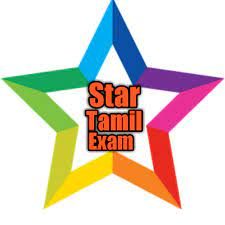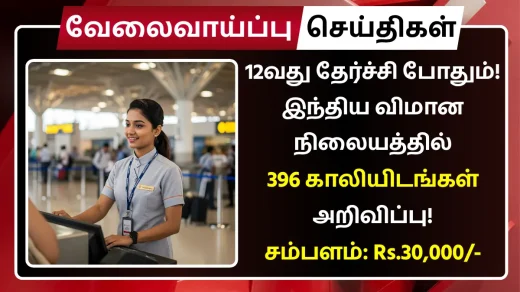Tamil Nadu folk dance contains both local autonomy and traits that are unique to that state. Tamil Nadu advanced the art of entertainment to its pinnacle at a young period. Tamil Nadu’s traditional dances have survived many centuries of Indian history and have offered continuity to an Indian culture that is always adjusting to new situations and integrating influences.
This article showcases the most popular folk dances of Tamil Nadu.
- Bharatnatyam
Bharatnatyam is a Tamil Nadu traditional dance that is predominantly performed by women. It is believed to be India’s earliest dance form, as well as the mother of all other classical dance genres. Bharatanatyam is made up of the words Bhava, Raag, Tala, and Natya, which when combined form the name Bharatanatyam. This culturally ingrained dance genre developed in Tamil Nadu’s Tanjore area and was initially performed in Hindu temples to honour Lord Shiva. Hand gestures, footwork, and facial emotions are the centre of this technique. Because this dance mostly features female dancers, its costume is similar to Tamil wedding gowns. They are dressed in a lovely sari with a gleaming golden border. Along with this, they wear jewellery, which enhances their appearance.

folk-dances-of-tamil-nadu-a-glance-at-its-culture
Also check out: Popular Folk Dances Of Meghalaya
- Karagattam
Karagattam is an Indian traditional dance performed in the state of Tamil Nadu. Karagattam is thought to have originated in Thanjavur, a hamlet in Tamil Nadu. As part of their culture, the villagers do this dance in honour of the rain deity “Mari Amman” and the river goddess “Gangai Amman.” Mariamman’s idol is brought in procession. This rite is carried out during August. The dance is well-known in Tamil Nadu for its complicated moves and the way the performers balance pots on their heads. This dance is witnessed by thousands of people, including locals and tourists.

Also check out: folk-dances-of-tamil-nadu-a-glance-at-its-cultureTop 10 Indian women who dominated the charts in 2021
- Kummi
Kummi dance is an important and old kind of village dance in the Indian state of Tamil Nadu. It depicts the day-to-day lives of Tamil Nadu peasants. It is generally done in a circle by a group of Tamil ladies. This traditional dance, on the other hand, takes on several shapes. It is extremely basic in some areas, with rhythmic clapping, while in others, a group of dancers imitates various harvesting operations.It is one of the most popular folk dances of Tamil Nadu.

Also check out: Indian Coast Guard Day is celebrated on February 1st – Know all about this special day!
- Kavadi Attam
This Tamil Nadu traditional dance is performed on the full moon day of the month Pusam. According to legend, on this day, Goddess Parvati bestowed a spear on her son Lord Karthik for him to defeat the demon Surapadman. A kavadi is a weight carried on the shoulders that are formed of bamboo crossbars or a cane with weights. This kavadi signifies the load of life, which is relieved through asking the Lord’s assistance. The kavadi was once carried as part of a gift to the Lord. Only males are permitted to transport the kavadi, and devotional hymns of Lord Karthik are performed to alleviate the monotony of lengthy journeys.

- Bhagavatha Nandanam
This dance drama depicts Lord Vishnu’s life and splendour in his several incarnations or avatars as described in the Bhagavatha Purana.
This is commonly practised on Gokulastami or Ramnavami, the birth of Lord Vishnu as Sri Krishna and Sri Rama. It is also performed as part of the yearly Narasimha Jayanthi festival from May through June. There are several explanations for why this dance theatre is performed. One is to commemorate the birth of the protector’s two most important incarnations, Lord Vishnu as Krishna and Rama. The other is to represent Prahlad’s trust in the supreme protector and the latter’s victory over the wicked monarch Hiranyakasibu.



